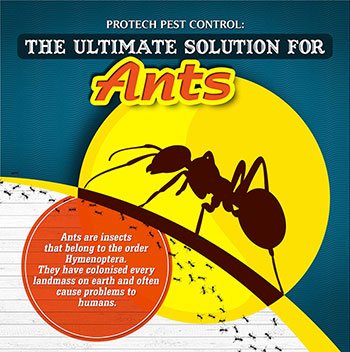Use Your Knowledge Of Rodent Nesting Habits To Outsmart These Pest Monitoring Methods
Use Your Knowledge Of Rodent Nesting Habits To Outsmart These Pest Monitoring Methods
Blog Article
Content Composed By-David Nyborg
When it involves rodent control, comprehending common rodent behavior is vital to efficiently handling problems. Did you recognize that rats have some fascinating nesting routines that might amaze you? By discovering their elaborate habits, you can acquire valuable insights into how to take on rodent problems in a much more calculated and effective way. So, allow's unravel the enigmas behind these animals' actions and discover how to outsmart them in your rodent control efforts.
Rat Nesting Habits
When observing rats in their natural environment, you'll notice that they actively choose materials to construct their nests. Rodents, such as mice and rats, are resourceful animals that utilize a range of things like twigs, leaves, paper, and material to develop their homes. They're meticulous in their nest-building procedure, frequently lining their nests with softer materials like fur or feathers to produce a relaxing setting.
Rats favor to construct their nests in covert and safe places to shield themselves and their young from predators. Typical nesting areas consist of wall surface dental caries, attics, cellars, and even within insulation products. By constructing their nests in these remote locations, rats can safely elevate their spawn far from possible risks.
It is essential to understand the nesting habits of rodents when implementing control procedures. By interrupting their nests or eliminating products, you can inhibit rats from establishing a presence in your home or residential property. Appropriate cleanliness and sealing access points are additionally critical action in protecting against rodent problems.
Rat Feeding Patterns
After observing rats' nesting practices, it comes to be noticeable that their feeding patterns play an essential duty in their lives and behaviors. Rats, including computer mice and rats, are opportunistic feeders, meaning they'll take in whatever food source is easily offered. They're mainly nocturnal animals, choosing to forage for food throughout the cover of night to avoid killers.
pop over to this web-site have a diverse diet regimen, varying from grains, seeds, fruits, and veggies to pests, nuts, and even tiny pets. This versatility in their food choices enables them to flourish in various atmospheres, including city areas where human food resources are abundant.
Their feeding patterns aren't only driven by cravings however also by the requirement to stock food for times of deficiency. This habits is especially recognizable in preparation for cold weather or when nesting. Rodents are understood to hoard food in their nests or burrows, making sure a consistent food supply. Recognizing their feeding patterns is crucial in applying effective rodent control steps to disrupt their food resources and protect against invasions.
Rodent Movement and Travel
Rats browse their environments with agility and stealth, using their keen detects to relocate promptly via their environments. These creatures are adept climbers, able to scale walls and vertical surfaces effortlessly. They can additionally squeeze through surprisingly little openings, making it important to seal any type of potential entry points in your house.
When it involves taking a trip, rodents tend to adhere to familiar paths, producing trails along wall surfaces or skirting the sides of areas. They're creatures of habit, usually adhering to these developed routes as they forage for food or explore their surroundings.
Rats are recognized for their nighttime routines, so you may hear them scooting around in the evening as they look for food and water. Their movements fast and irregular, permitting them to dart in and out of sight in the blink of an eye.
Understanding exactly how rats move and travel can aid you determine possible invasion areas in your home and take positive steps to avoid these bugs from gaining a footing.
Conclusion
As you work to control rats in your home, remember that understanding their habits is essential. By recognizing their nesting practices, feeding patterns, and activity, you can effectively stop invasions.
Coincidentally, by taking proactive actions to get rid of food sources and seal off access factors, you can disrupt their acquainted paths and require them to seek out brand-new places, ultimately decreasing the likelihood of rodent visibility in your space.
